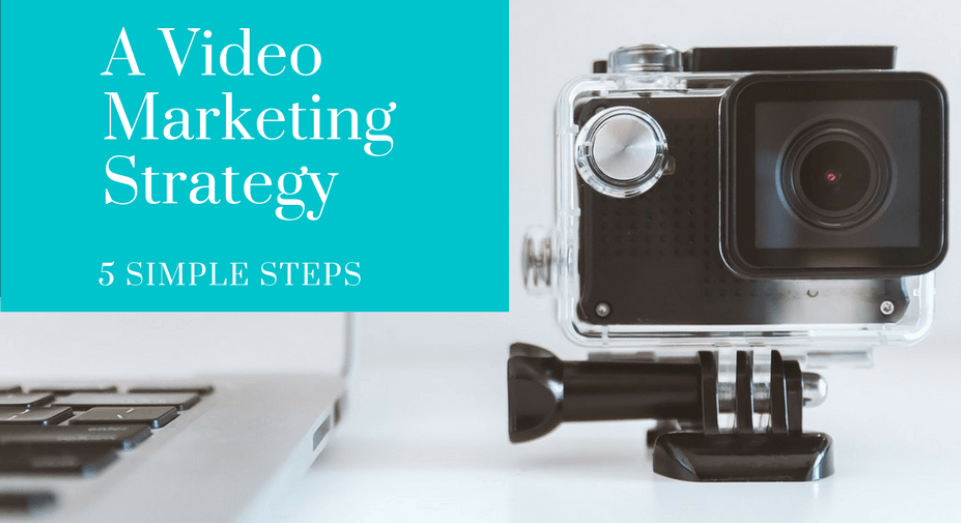Video Marketing Strategy
We now live in a world where video thrives on the internet. Statistics show that video makes up 80% of internet traffic. YouTube has over 1 billion video plays per day, Snapchat has over 3 billion and Facebook having the highest-grossing at over 8 billion video views per day and another research shows that over 70% of consumers agree that video is the fastest way to know about a Brand online. So, what stops you from creating a video marketing strategy that helps your business thrive.
As a marketer, video marketing or content makes it easier to connect with your clients and prospects thereby building a stronger and better relationship with them.
In this post, I’ll be sharing with you some video marketing strategies you can use as a marketer to promote your company or business visually and increase engagement.

Let’s quickly delve right into it…
Video Marketing Strategy
#1: Identify your audience
Don’t be a jack of all trade and a master of none. You can’t market your video to everyone so it’s important that you know your ideal audience and market it to them so that the aim of your video can be effective.
To do this, you need to know the Channel which they’re on, the type of content they are most likely to view and the language they use so as to enable easy communication.
Video Marketing Strategy #2: Make your topic bold
There are lots of similar videos on different platforms that would be competing for your audience’s attention also. With this in place, you have to ensure you stand out in the crowd.
One way of doing this is by making the topic and description of your video bold and well pronounced so that it captivates the attention of the audience. A video with poor description, lacking in detail can make the audience tag the video as not worthy of viewing.
Video Marketing Strategy #3: Tell stories
Telling stories is another way of increasing engagement boosting traffic to your page. It can be used to connect with the audience on an emotional level. Stories help us understand our world better, as we are being told stories right from our childhood till date.
Storytelling can enable an individual to understand the most complex of ideas or facts. You can tell stories on how you failed in some business, talk about stories that are trending, etc so as to keep them glued to your page and keep wanting more.
Video Marketing Strategy #4: Choose your channel
Selecting the right channel to which you can showcase or market your videos Is another necessity. Not all channels might work out fine for you. For example, you can’t upload a video on how to cook on LinkedIn as it is a platform for professionals and career people.
Selecting the right platform and channel for the kind of video you wish to upload should be well considered. The major platforms where audience view videos the most are Facebook, Youtube, Snapchat, Instagram. You can use more than one channel to market your videos and reach your audience faster.
Video Marketing Strategy #5: Analyze your performance
Last but not least, you need to analyze how well your video campaign is doing on their different channels so as to know where your strengths and weaknesses are.
Find out if you are not posting at the right time, or your videos are too long or short or lacking description. Whatever it is, have tools that would help you measure them out and run a test on them over and over again.
How to measure your Video Marketing Success
Ways you can measure if your campaign is doing well are:
- Playing Rate: This shows you how much of your audience clicked and watch your video on the different channels in which they were posted.
- View Count: This shows you how many times your video was watched. Different platform has different ways of measuring views. For Facebook, it’s 3 seconds while Youtube is 30 seconds.
- Engagement Rate: This shows how long the video was watched if it was watched until the end or skipped all through or abandoned halfway.
- Comments: The number of people that engaged with your post by leaving a comment; a question, personal opinion, etc.
- Shares: How many shares did the video get and on which platforms were they shared.